
We live in a world where everything’s advanced. But sometimes, those older ways of doing things still feel oddly satisfying. And while we’re not giving up our modern comforts anytime soon, that doesn’t mean we don’t miss certain parts of the past. These 20 habits might seem outdated now, but there’s a good chance they gave life a little more meaning than we realized at the time.
Using Cassette Answering Machines
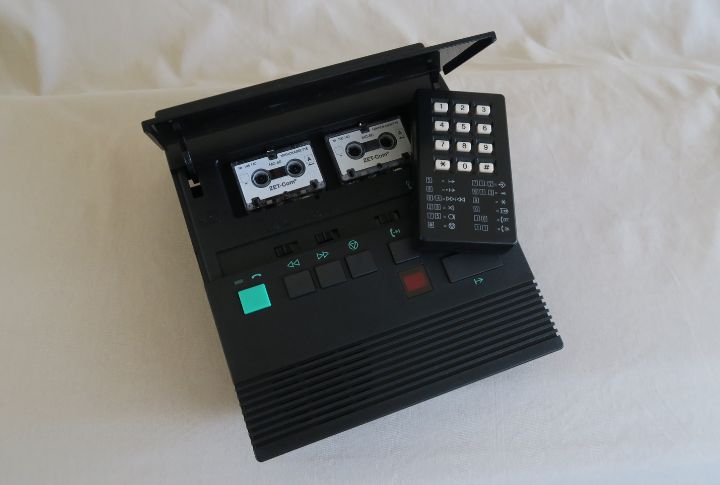
Those cassette answering machines showed no mercy. Full tape? No new messages for you. Everything required manual work—rewind, play, erase. Still, people embraced the challenge, thereby recording messages so creative and funny that callers didn’t mind the wait.
Making Mixtapes From Radio And Vinyl

Making mixtapes was an art form we all mastered. You would camp out near your stereo, waiting for that perfect song to play so you could capture it on cassette. No skipping commercials or DJ interruptions—just pure dedication to building your dream music collection, one recording at a time.
Making Calls From Payphones
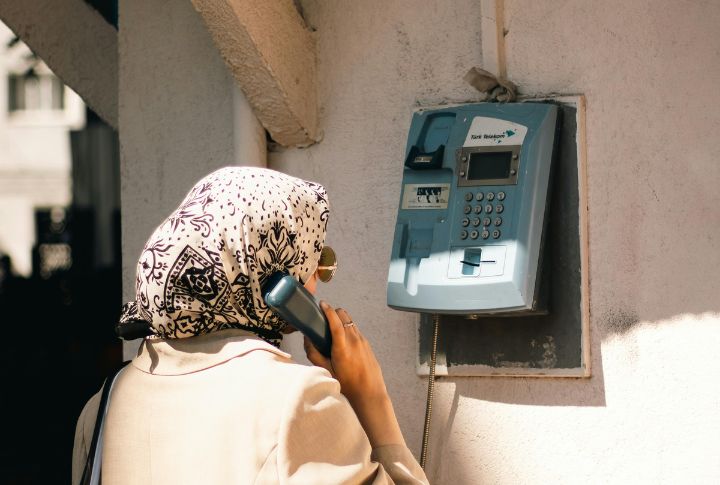
Back in the day, calling someone meant finding a payphone and scrounging for coins. Local calls didn’t cost much, but long-distance? That could really add up. If you were lucky, you’d find glass booths; otherwise, you’d be stuck in a shop with an owner who gave you zero privacy.
Renting Movies From Video Stores
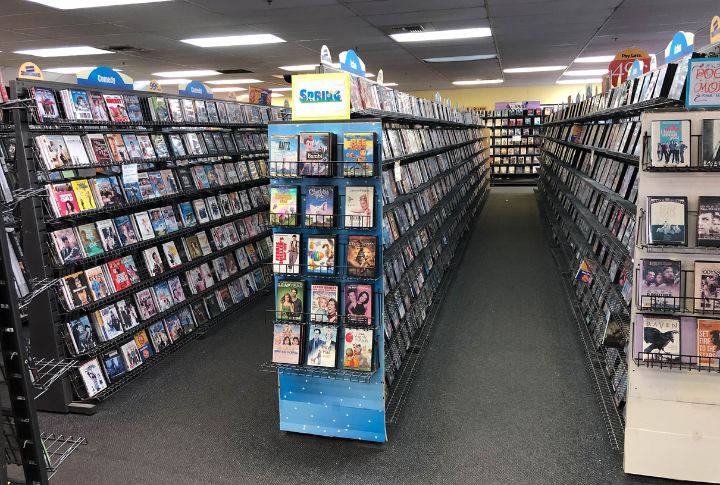
Video stores brought neighborhoods together in ways Netflix never could. You’d chat with the clerk about recommendations, see familiar faces browsing the aisles, and feel that rush when you score the last copy of a new release. It was social and surprisingly fun, even with those annoying late fees.
Hanging Out At The Mall As A Primary Social Venue
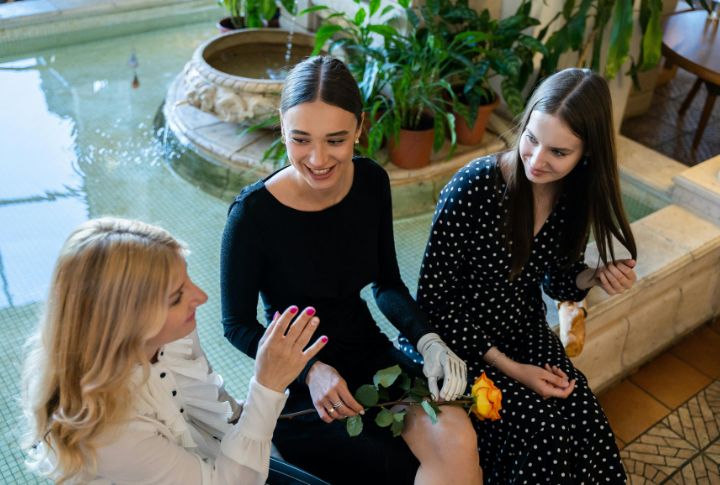
Hanging out at the mall beats texting from home any day. The energy was infectious—music spilling from stores and friends bumping into each other unexpectedly. Food courts, especially, buzzed with life and laughter, where we all existed together, instead of scrolling alone.
Shooting Instant Polaroid Photos

Polaroids turned photographers into instant heroes at parties. Snap a photo, shake it dramatically (even though you didn’t need to), then hand it out while it develops. Everyone would be huddled together to see the final photo, which would later either be taped to your mirror or fridge.
Browsing Vinyl In Record-Store Crate Digging

Record store browsing was an art form we’ve completely lost. Spending hours digging through vinyl and studying album artwork—that was how we discovered music. Not algorithms. Sure, Spotify’s easier, but nothing beats the satisfaction of discovering an underground artist and forming your own music taste.
Watching Saturday-Morning Cartoon Blocks
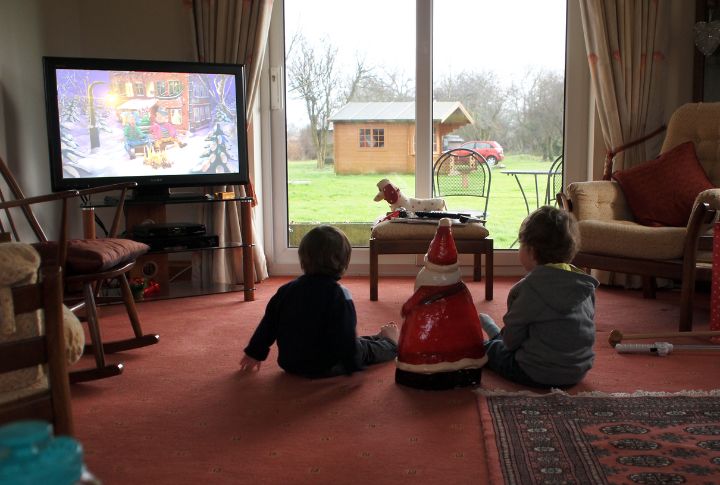
Saturday morning cartoons were appointment television before that phrase existed. Wake up early, pour sugary cereal, and sit right in front of the TV. Instead of you scrolling through options, networks decided the lineup, and if you missed an episode? That meant waiting a whole week for the rerun.
Programming The VCR To Record Taped TV Shows
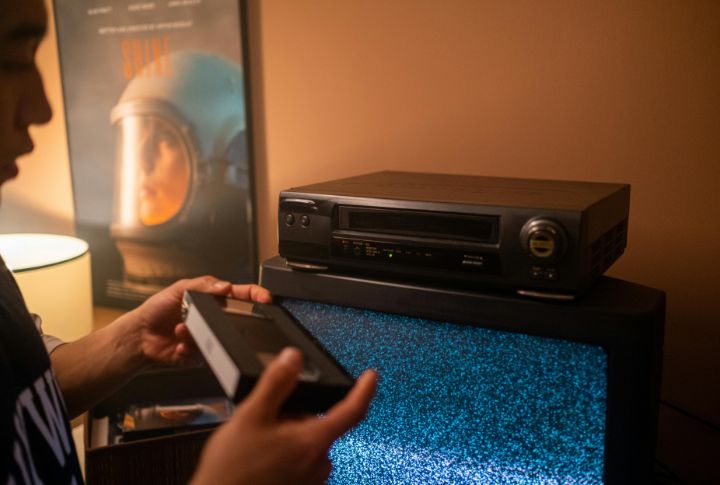
Everyone had that one family member who actually understood VCR programming. The rest of us begged for help and hoped for the best. Skip one step and you’ll be stuck with record static instead of your show. Frustrating as it was, mastering that system felt genuinely rewarding.
Watching Movies At Drive-Ins

Drive-in theaters beat any home setup, period. Fresh air, stars overhead, kids playing beforehand, families sharing one space without phones buzzing. The experience mattered more than perfect sound quality. Losing them is like losing weekly traditions that brought everyone together. Technology improved movies but destroyed the magic surrounding them.
Trading Friendship Bracelets At School

Kids in the ’80s didn’t just say they were friends—they proved it with embroidery floss. Spend hours knotting colorful threads into bracelets, then trade them at school or camp. Slowly but surely, this is coming back “in trend,” and you’ll probably always find them at concerts.
Dialing Rotary Phones For Every Call

Rotary phones made dialing a workout, especially numbers loaded with nines and zeros. Spin the dial, wait for it to return, repeat for every single digit. The process took forever, but created a satisfying rhythm. We traded tactile satisfaction for speed, but sometimes we actually miss those clunky old phones.
Wearing Beepers To Stay Reachable

That little beeper clipped to your belt was your connection to the outside world in the ’80s. When it buzzed with a phone number, you’d hunt for the nearest payphone to call back. Doctors and busy professionals wore them first, making everyone else want one too.
Using Collect Calls To Save Money
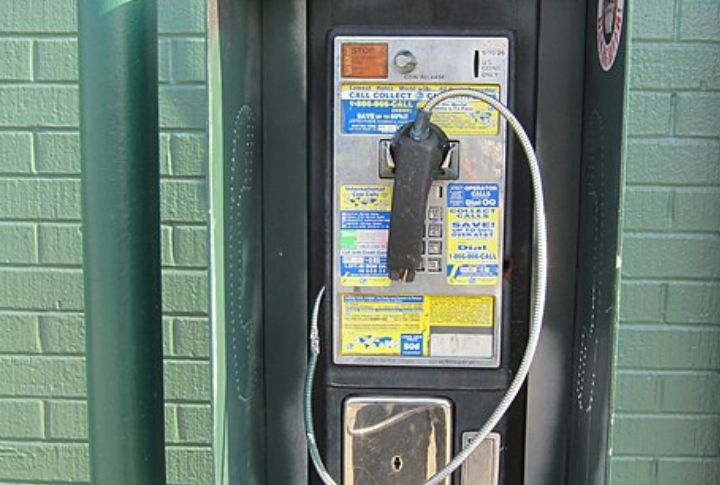
Long-distance calls cost serious money back then, so collect calls let the other person pay instead of you. The clever trick? If the operator asked your name, you’d say “Mom-pick-me-up-at-six.” She’d hear your message and decline the charges. Free communication, problem solved.
Developing Film And Waiting For Prints

Finishing a roll of film meant the work was only half done. People would drive to the photo lab to drop off the canister, and then wait for three to five days. Once the prints were done, people would discover if their vacation photos turned out great or completely blurry.
Navigating With Paper Road Maps
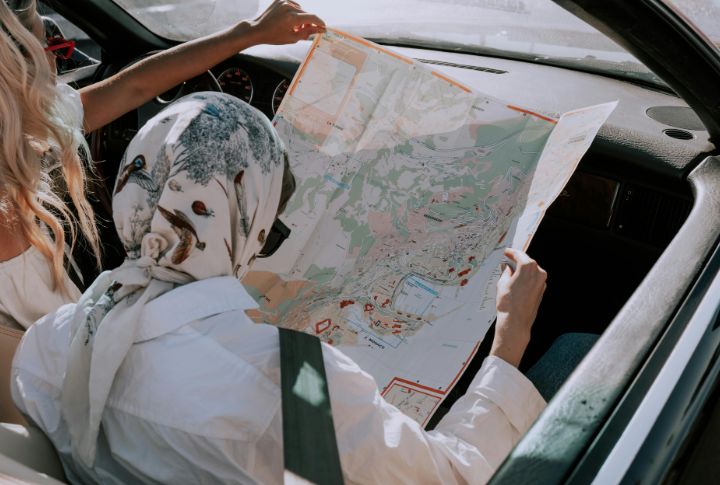
Extended drives required actual navigation skills back then. Grab a free map from the gas station, unfold the giant paper across your lap, and plot the route. Highway exits and distance markers were all there if someone could read them. Folding it back up, though? Always a lost cause.
Tuning Rabbit Ears For Better Reception

Remember when getting a clear TV picture needed someone to play with the antenna. Those metal rabbit ears on top of the set needed constant adjusting—tilt left and wrap foil around the tips. Here was always one person twisting while another yelled from the couch if the static improved.
Typing On A Manual Typewriter
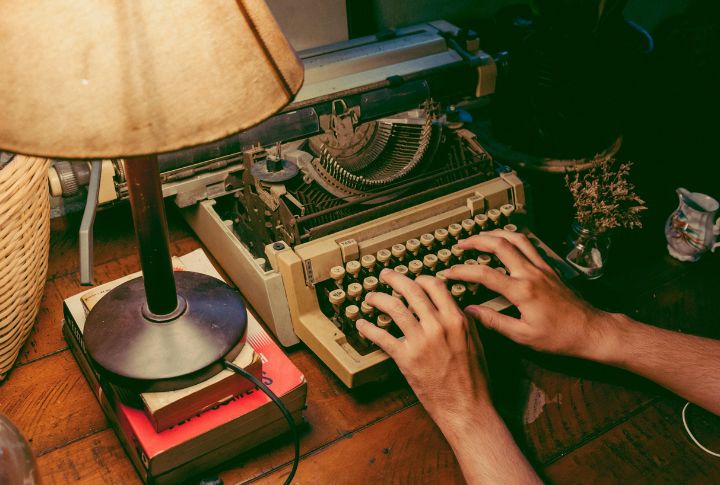
Back in the days of computers, typing meant clacking away on a manual typewriter. Hit a wrong key? Out came the white-out or correction tape. You had to wait for it to dry before retyping. It was slow and exacting, but it taught patience—and eventually pushed everyone toward word processors.
Group Skating Nights At The Roller Rink

Nothing beats rolling into the rink on Saturday night. Music blasting, wheels humming against wood, friends showing off skating tricks under flashing neon. Some people treated it like performance art, choreographing whole routines. Most just vibed, circling endlessly while pretending we looked half as cool as we felt.
Writing And Sending Long Handwritten Letters
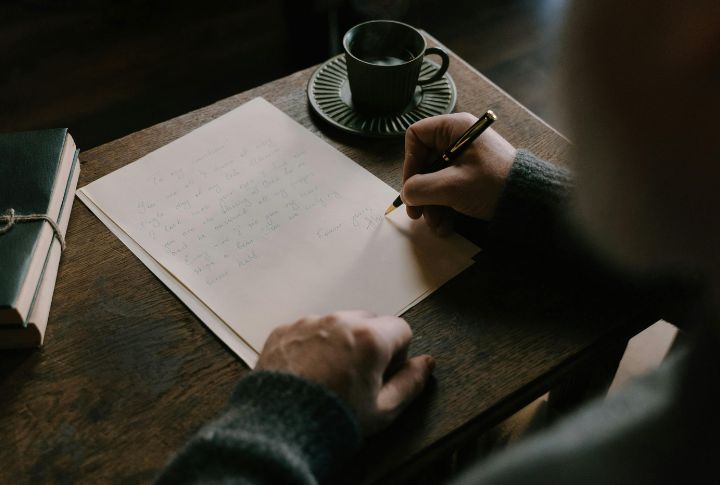
Getting a handwritten letter in the mailbox was pure joy. Someone spent an hour thinking about you, writing about you, decorating pages for you. The effort alone said, “You matter.” Now we send emojis in seconds. Efficient? Absolutely. Meaningful? Not even close to what we lost.

